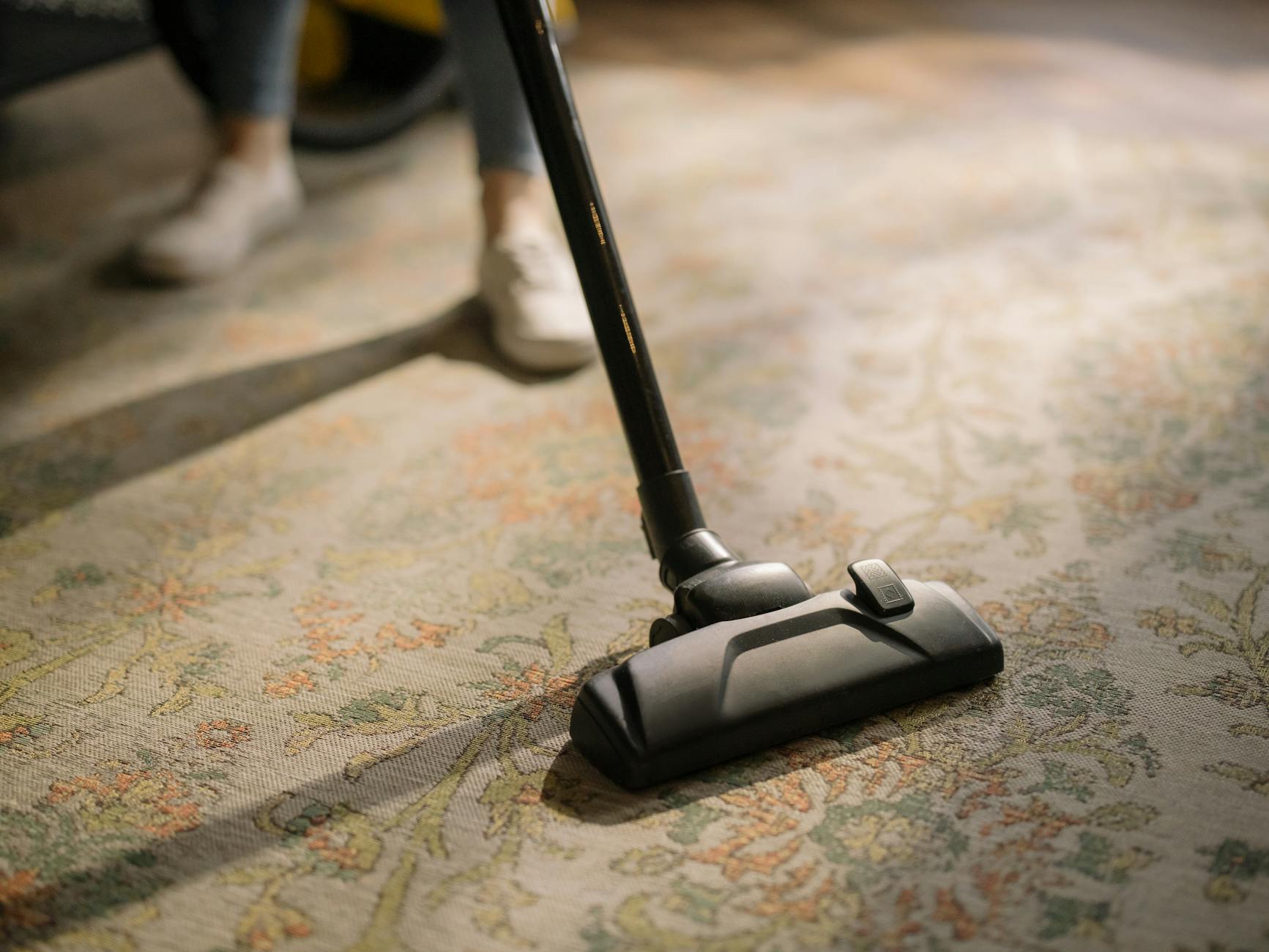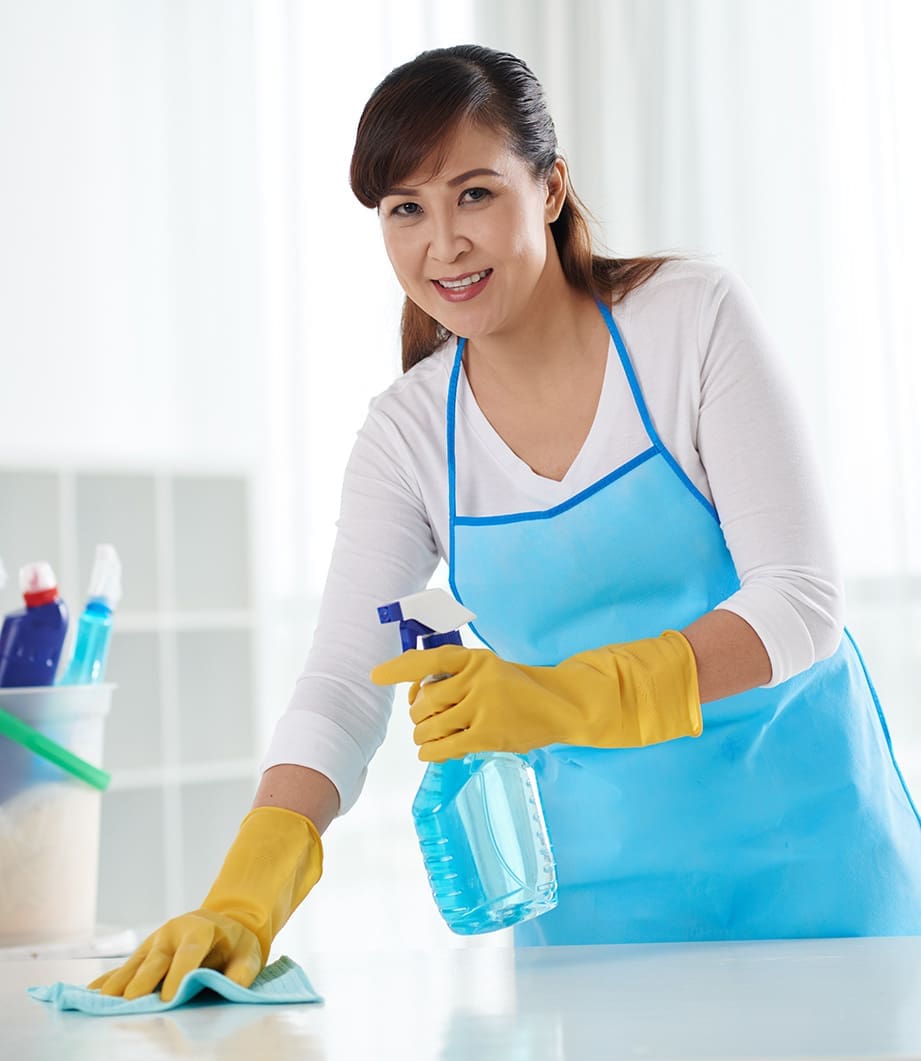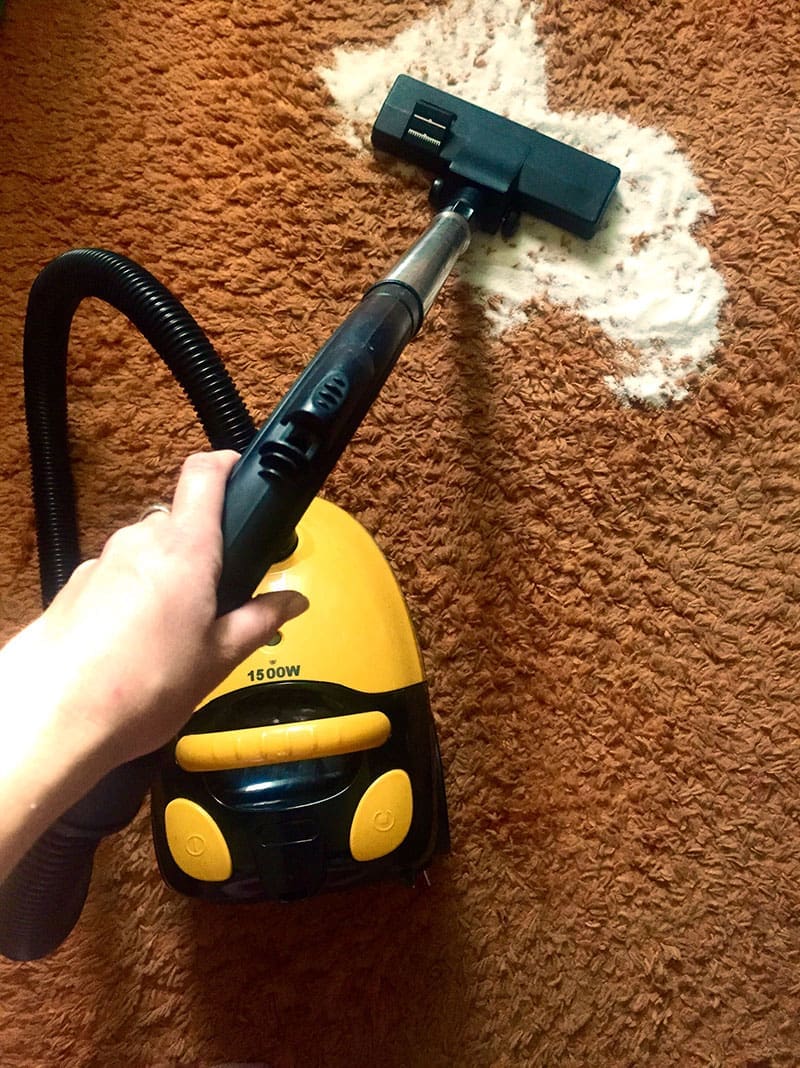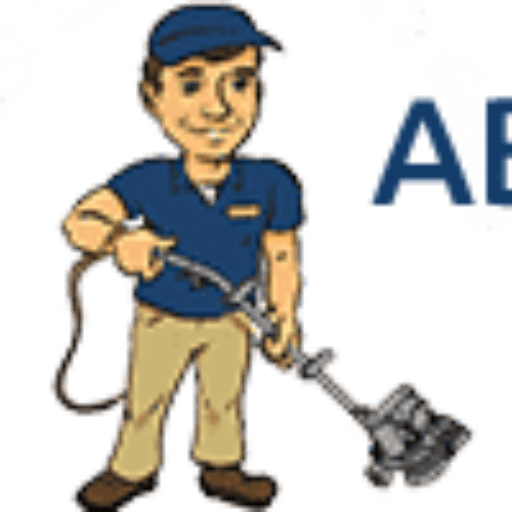A good routine and the right tools make a huge difference when it comes to keeping carpets safe for allergy-prone families. Using only eco-friendly products isn’t enough—you also need smart methods that actually remove dust, pet dander, pollen and mold. When you pair pro-level equipment with daily habits, you get a carpet that’s truly fresh, not just surface clean. Here are the best techniques and habits for tackling allergens without exposing your home to harsh chemicals.
Professional Cleaning Techniques for Allergy Relief
 Photo by cottonbro studio
Photo by cottonbro studio
Professional green cleaning is about using the latest allergy-safe methods, not just traditional “steam cleaning.” Here’s what makes a real difference:
- Hot Water Extraction (Green Steam Cleaning):
- Uses superheated water and eco-friendly solutions to loosen and lift allergens from deep in the carpet.
- Non-toxic formulas avoid fumes and residues.
- Most modern machines use low-moisture systems, so carpets dry in under an hour. This reduces the risk of mold, a big win for allergy control.
- HEPA-Filtered Vacuuming:
- Before and after cleaning, pros vacuum using true HEPA filters.
- These vacuums trap over 99% of particles, including dust mites, pet dander, and pollen—nothing gets sent back into the air.
- HEPA vacuuming is essential before any wet cleaning or encapsulation for the best results.
- Encapsulation with Non-Toxic Solutions:
- Uses safe, biodegradable cleaners that “wrap” dirt, dust, and allergens in a crystal-like polymer.
- Once dry, these crystals are vacuumed away easily, taking trapped allergens with them.
- Encapsulation uses very little water, making it ideal for humid climates or quick-dry needs.
- Eco-Friendly Pre-Treatment and Agitation:
- Pre-treating carpet with green allergy sprays can help bind allergens to fibers for better removal.
- Gentle mechanical agitation—by hand or with rotary machines—loosen particles, so extraction is more effective.
- Low Moisture and Green Equipment:
- Using equipment specifically designed for low water use keeps drying fast and discourages mold growth.
- Most green providers avoid chemicals like VOCs, artificial fragrance and optical brighteners.
The right pro techniques, especially when paired with green products, can remove up to 95% of embedded allergens and keep your floors safer for sensitive friends and family.
Routine Maintenance and Preventative Strategies
Keeping allergens at bay is all about being consistent with a few practical habits. You don’t need to scrub every day, but a “little bit, often” approach works best—especially if you use allergy-safe, green options.
To make this easy and effective, follow these key steps:
- Vacuum with HEPA Filters:
- Vacuum at least twice a week (or more if you have pets or a busy home).
- Choose a vacuum with a true HEPA filter—it captures dust mites, pollen and dander that regular vacuums miss.
- Don’t forget corners, edges, and under furniture.
- Enforce a No-Shoes Policy:
- Shoes track in pollen, dirt and bacteria.
- Keep a shoe rack by the door, and encourage everyone to slip into slippers or socks inside.
- Use Entryway Doormats:
- Place sturdy mats outside and inside entrances.
- Mats trap outdoor allergens before they make it to your carpets—clean them off weekly.
- Spot Clean Spills Promptly:
- Clean up liquids and stains as soon as they happen to prevent mold.
- Use green, fragrance-free carpet sprays or a quick baking soda and vinegar mix.
- Control Humidity:
- Aim for 30–50% humidity in your home; this keeps dust mites and mold away.
- Use dehumidifiers if your area is humid, and fix leaks right away.
- Limit Carpeted Areas in Bedrooms:
- If you or your child have severe allergies, stick to easy-to-clean rugs or bare flooring in sleeping areas.
- Clean Soft Furnishings Regularly:
- Curtains, throw blankets, and sofa covers can hold allergens too.
- Wash in hot water monthly and rotate out heavier fabrics seasonally.
- Machine-Washable Rugs:
- Opt for washable area rugs you can toss in the laundry every week.
- This is especially helpful for nurseries and playrooms.
Key tip: The smaller the routines, the lower the allergen levels. Pair these simple habits with the best green products, and you create a healthier home with much less effort.
Trends and Innovations in Green Carpet Care for Allergy Sufferers
Carpet cleaning has changed a lot for those of us who deal with allergies. Gone are the days of chemical-filled sprays that linger in the air and irritate your senses. In 2025, you’ll find smarter, safer, and greener ways to care for carpets—making everyday life easier for anyone with allergies or asthma. These innovations aren’t just good for you, they’re also better for the planet, your wallet, and your peace of mind.
Smarter Green Carpet Cleaning Formulas
Today’s green carpet cleaning products pack more cleaning strength than their old-school rivals, but without the harsh effects. Manufacturers have improved plant-based and enzyme-powered formulas so they actually tackle stains, dust mites, and pet dander more effectively.
Key advances in allergy-friendly carpet care products include:
- Enhanced enzymes that break down stubborn spots, dust mite debris, and food stains
- Biodegradable surfactants that rinse clean with no harmful residue left behind
- Natural disinfectants like citric acid and vinegar, which kill germs and neutralize odors without synthetic chemicals
- Hypoallergenic certification from labs and organizations (e.g. Green Seal, EPA Safer Choice), so you can trust the product’s safety for sensitive people
By focusing on allergen removal rather than just appearance, these products help allergy-prone families breathe easier every day.
Refillable and Zero-Waste Packaging
Green carpet care isn’t just about what goes inside the bottle. One of the biggest steps forward is the shift to refillable, reusable, and compostable packaging. Major brands—and even small startups—now offer:
- Refill pouches or tablets that let you pour or mix new solution into your old bottle at home, cutting down on single-use plastics
- Containers made from recycled or plant-based materials (like bioplastics or cardboard)
- Minimal or compostable packaging that can safely go in your recycling or compost bin
These smart packaging solutions save plastic, lower your carbon footprint, and often help you save money in the long run since bulk refills are less costly.
Sustainable Materials in Carpets and Carpet Pads
It’s not only cleaning solutions that impact allergies—carpets themselves are part of the story. We’re seeing more allergy-friendly carpets and pads built with:
- Recycled fibers like PET and nylon that resist dust mites and mold thanks to low moisture absorption
- Antimicrobial treatments (certified safe for homes with children and pets) that prevent bacteria and mold from settling
- Carpet pads designed specifically for allergy relief—they block dust and allergens from collecting under the carpet where regular vacuums can’t reach
Sustainable sourcing, such as using wool, jute, or recycled content, makes these carpets and pads both eco-friendly and easier to keep allergen-free with regular cleaning.
Emerging Technology: Smart Cleaning Devices
 Photo by Andrey Matveev
Photo by Andrey Matveev
If you like the idea of putting your cleaning on autopilot, you’re in luck. There’s a new wave of smart home cleaning tools built for sensitive households.
- Robotic vacuums with AI: These small but mighty machines use sensors and machine learning to spot dusty or high-traffic areas, keep floors clean, and help reduce daily allergen buildup.
- HEPA-filtered robotic vacuums and mops: Some models now come with built-in HEPA filters and UV-C disinfectant lights, zapping germs and trapping dust mites and pollen particles.
- Low-moisture extraction systems: These pro machines clean deeply while using much less water, making them safer for allergy sufferers by reducing the risk of leftover moisture and mold.
These tools help maximize effectiveness while slashing the labor and time spent on carpet care.
Concentrated and Waterless Solutions
Households are also welcoming concentrated cleaning products and “just add water” options. These innovations reduce both packaging waste and shipping emissions since you get more uses out of a smaller bottle or tablet.
- Cleaning powders and tablets: Just dissolve in water and you’re ready to clean
- Super-concentrated liquids: Use small amounts for spot-cleaning or dilute for bigger jobs
- Waterless formulas: Perfect for quick touch-ups
The result is less waste, easier storage, and powerful cleaning with fewer allergy risks.
Eco-Labels and Ingredient Transparency
With all these advancements, it’s easier than ever to pick a safe product. Look for third-party labels (like Green Seal, EcoLogo, USDA BioPreferred) and clear ingredient lists. These help you spot hypoallergenic and eco-friendly options without worrying about greenwashing claims.
Most new brands are also providing detailed sourcing info, so you know exactly what’s in your cleaner and how it was made.
From refillable bottles and allergy-proof carpet pads, to smart robotic vacuums and cleaner, safer ingredients, green carpet care is more practical and safer than ever—making it possible for allergy-prone families to finally breathe easy at home.
Conclusion
Choosing the right green carpet cleaning products transforms more than just your floors, it creates real comfort for allergy-prone families. Simple swaps to plant-based, enzyme-powered solutions mean fewer harsh chemicals in your air and on your skin, with proven results for lower allergen levels at home. Certification labels give extra peace of mind, showing these cleaners are safe for families, pets, and the planet.
Building small habits, like frequent HEPA vacuuming and spot cleaning with safe ingredients, goes a long way toward keeping everyone feeling their best. As new options arrive—refillable bottles, smarter cleaning formulas, reusable mats—it gets even easier to stay dust- and allergy-free. Thanks for reading and being part of this healthier home movement. If you have a favorite green cleaning tip, share it below and help others breathe easier too.




